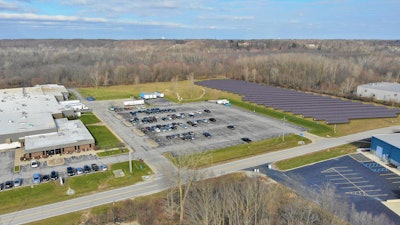
Bendix Commercial Vehicle Systems LLC first opened the doors of its Huntington, Ind., operation in February 1980 with 30 employees. Forty-five years later, the site has become a cornerstone of Bendix’s North American manufacturing and distribution network, employing over 400 team members across multiple high-tech facilities.
The Huntington operation has evolved into a multifaceted campus engaged in manufacturing, remanufacturing, and assembly of Bendix products for the commercial vehicle industry. Along the way, its success has been fueled by leading-edge manufacturing strategies, an unwavering commitment to quality and safety, and a workforce culture focused on continuous improvement.
The Bendix Huntington team handles air compressor remanufacturing; assembly of electronics, including sensors, electronic control units, radar units, and cameras for advanced driver assistance systems (ADAS); and manufacture of integrated modules and engine vibration dampers. The site manages nearly 199,000 Bendix part numbers consisting of finished goods and components.
Over the years, the campus has garnered prestigious quality accolades from major commercial vehicle manufacturers, reflecting a deeply rooted culture of continuous improvement.
The Huntington campus now spans 855,000 sq ft across four buildings. Two recent investments in the plant underscore Bendix’s commitment to meet customer demand and anticipate future market needs.
One investment is directed at the BDC, which is undergoing a transformation into a state-of-the-art distribution center that integrates automated storage and retrieval systems, goods-to-person workflows, and enhanced warehouse control technologies. Slated for completion in late-2025, this upgrade is set to improve productivity and material flow while expanding the capacity to serve more than 6,000 aftermarket and OEM ship-to locations across North America.
The other investment resulted in centralized engine vibration damper production. In response to growing market needs, Bendix recently consolidated its North American damper production into a single, larger Huntington facility. By aligning production and storage within Plant 1, the company has significantly increased efficiency, streamlined logistics, and opened the door to future automation and capacity expansions.



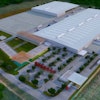


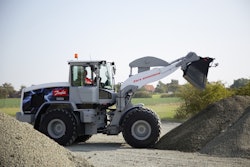


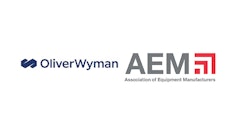

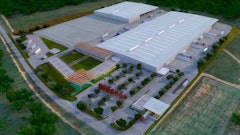
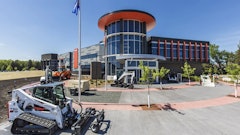

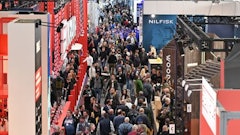

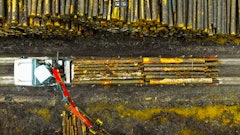

![Hcm Ax Landcros Press Release[32] jpg](https://img.oemoffhighway.com/mindful/acbm/workspaces/default/uploads/2025/11/hcmaxlandcros-press-release32jpg.mAEgsolr89.jpg?ar=16%3A9&auto=format%2Ccompress&fit=crop&h=135&q=70&w=240)
